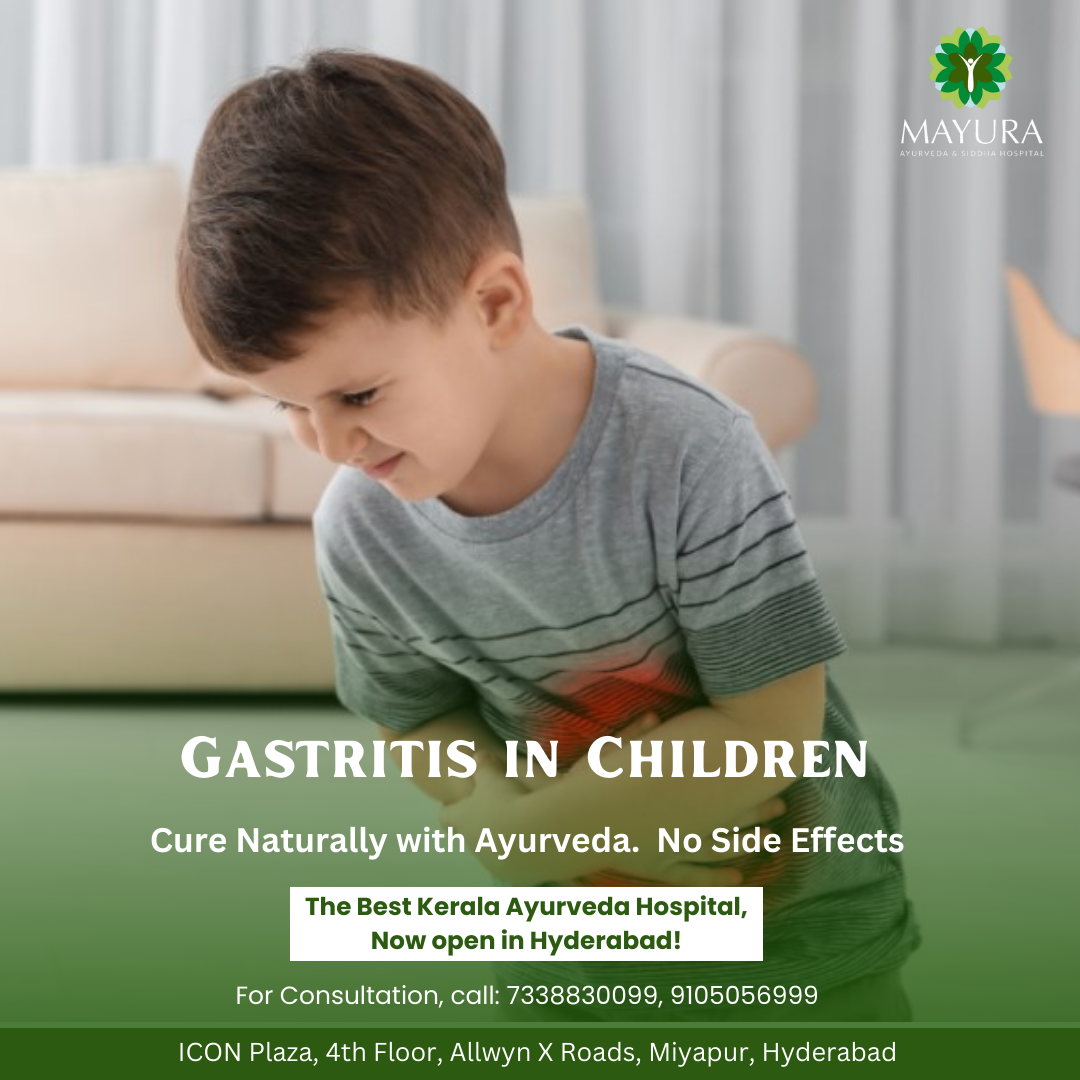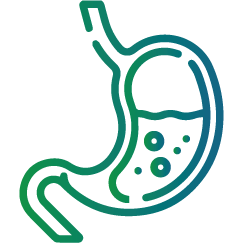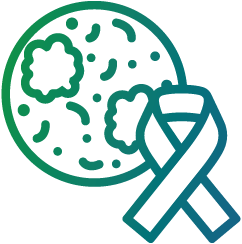Gastritis in children is a prevalent stomach condition that requires attention and understanding from parents and caregivers. Typically characterized by inflammation of the stomach lining, this condition can be caused by various factors, including bacterial infections, certain medications, or underlying health issues.
Causes:
Common causes of gastritis in children include bacterial infections, especially by Helicobacter pylori, as well as the use of nonsteroidal anti-inflammatory drugs (NSAIDs). Other factors may involve autoimmune diseases, stress, and a family history of gastritis.
Symptoms:
Identifying symptoms early is crucial for prompt intervention. Watch for signs such as abdominal pain, nausea, vomiting, loss of appetite, and even occasional blood in the stool. Children may also experience bloating or discomfort after meals.
Treatment:
Treatment for pediatric gastritis often involves a combination of lifestyle changes and, in some cases, medication. It’s essential to consult a healthcare professional for a proper diagnosis and tailored treatment plan. Lifestyle adjustments may include dietary changes, avoiding irritants, and stress management.
Prevention:
Encourage a healthy lifestyle to prevent gastritis in children. Promote a balanced diet, limit the use of NSAIDs, and ensure regular handwashing to minimize infection risks. Creating a stress-free environment also contributes to overall digestive health.
Conclusion:
Gastritis in children demands awareness and proactive measures. By understanding the causes, recognizing symptoms, and adopting preventive strategies, parents and caregivers can play a crucial role in managing and mitigating this common stomach condition.
















